SpaceX, Elon Musk's private American space exploration corporation, has been working on the creation of its next-generation spacecraft, the Starship, for several years. The Starship is intended to be the most powerful rocket ever constructed, capable of transporting personnel and goods to the Moon, Mars, and beyond. But, the Starship's first flight has been postponed again and again, raising fears about the program's viability.
The History of SpaceX's Starship
The Starship from SpaceX is a fully reusable spacecraft that combines a rocket and a spaceship. The Super Heavy rocket is the most powerful rocket ever built, with 33 Raptor engines, 13 in the middle and the rest 20 surrounding the booster's aft end, providing 200 tonnes of thrust apiece. The Starship can transport up to 100 passengers and 100 metric tonnes of goods into space. The Starship can land on any surface in the solar system, including the Moon and Mars.
The Launch
SpaceX has set Thursday as the day for the next attempt to launch Starship, the most powerful rocket yet constructed.
Even after deciding to cancel the launch attempt, the crew proceeded to carry out certain launch procedures and left the countdown clock running in a "wet dress rehearsal." They eventually suspended the countdown clock with 40 seconds remaining.
The Effect of the Delay
The delay in the Starship's inaugural flight has significant consequences for SpaceX and its future ambitions. For starters, that means SpaceX will be unable to reach its initial goal of sending humans to the Moon by 2024 as part of NASA's Artemis program. NASA chose SpaceX to deliver a lunar lander for the mission, however due to the Starship's delay, it will not be completed in time. Second, the delay may have financial consequences for SpaceX. The Starship programme is expected to cost billions of dollars, and delays might raise the overall cost. Finally, the delay may have an impact on public view of SpaceX and its capacity to deliver on its promises. SpaceX has earned a reputation for being inventive and ambitious, but frequent delays might jeopardise the company's trust.
The Mission
At liftoff, the 230-foot-tall Starship "Super Heavy" first stage, powered by 33 methane-burning Raptor engines, will create 16 million pounds of thrust, which is double the power of NASA's Space Launch System moon rocket.
Musk attempted to dampen expectations in the run-up to Monday's launch, stating, "Success is not what should be expected." That would be insane." He noted that if the Super Heavy rocket exploded on the launch pad, it might melt the steel infrastructure surrounding it, forcing SpaceX to reconstruct the launch site for many months.
SpaceX envisions someday launching a Starship into orbit and then refuelling it with another Starship to continue on its voyage to Mars or beyond. Elon Musk stated that the objective is to make Starship reusable and reduce the cost each trip to a few million dollars. "We should attain full and quick reusability in the long run - long run meaning, I don't know, two or three years," he remarked.
Landing on the Moon
SpaceX, located in California, is currently focused on the Moon with Starship, having received a $3 billion (€2.7 billion) NASA contract to put people on the lunar surface as early as 2025 utilising the upper-stage spaceship.
Conclusion
The delay in the Starship's inaugural flight is a setback for SpaceX and its goals for the future of space travel. While the reasons for the delay are acceptable, it is unclear when the Starship will eventually take to the skies. SpaceX has declared that it will continue to support the Starship programme and its objective of transforming mankind into a multi-planetary species. The delay, however, serves as a reminder that space exploration is a complicated and difficult enterprise that needs patience, tenacity, and a determination to overcome hurdles.
With Inputs from edition.cnn.com, cbsnews.com
Read next
Dubai has been an increasingly popular destination for North American vacationers in recent years. As a result, more airlines are now operating direct flights to Dubai from various US and Canadian airports. As of April 2023, 15 airports in the United States and Canada have direct flights to Dubai, making it simpler than ever to visit this gorgeous Middle Eastern city.
Increase in Direct Flights to Dubai
Airlines have increased their direct flight offers to Dubai in recent years, allowing visitors to avoid long layovers and connecting flights. The expanding appeal of Dubai as a tourist destination, as well as the growing economic relations between North America and the United Arab Emirates, have fueled this expansion.
The 15 airports that now provide direct flights to Dubai are located throughout the United States and Canada, making it easier for visitors to get a trip from their nearest airport.
- John F. Kennedy International Airport (JFK)
- Newark Liberty International Airport (EWR)
- Los Angeles International Airport (LAX)
- San Francisco International Airport (SFO)
- Dallas/Fort Worth International Airport (DFW)
- Houston George Bush Intercontinental Airport (IAH)
- Washington Dulles International Airport (IAD)
- Chicago O'Hare International Airport (ORD)
- Seattle-Tacoma International Airport (SEA)
- Vancouver International Airport (YVR)
- Toronto Pearson International Airport (YYZ)
- Airport International Pierre Elliott Trudeau de Montréal (YUL)
- Calgary International Airport (YYC)
- Edmonton International Airport (YEG)
- Ottawa Macdonald-Cartier International Airport (YOW)
Foreseeable Schedule
Air Canada has introduced a daily flight from Vancouver to Dubai, with the inaugural trip departing on October 28th. It was Vancouver's first Middle East service in 20 years, thanks to the relaxation of the Canada-UAE bilateral agreement and Air Canada's cooperation with Emirates. Improved traffic rights have also resulted in Emirates increasing its Toronto service to daily, while Etihad has boosted its Abu Dhabi-Toronto service to daily. As of April 17th, Dubai flights were available at 15 airports in the United States and Canada. But Montreal is almost certainly on the way, thanks to the looser bilateral. It will most likely begin this winter, although no date has been set.
The following points highlight all available flights for the week beginning November 1st. These include United Airlines from Newark, another Emirates partner. On March 25th, the first flight left the United States. It operates nonstop every day and complements Emirates' daily Dubai-Athens-Newark route.
AIRLINE | Dubai to | Flights | Aircraft | REMARKS |
Emirates | New York JFK | Triple daily | A380 | One is via Milan |
Emirates | Boston | Daily | Non-stop | |
Emirates | Chicago O'Hare | Daily | Non-stop | |
Emirates | Dallas Fort Worth | Daily | Non-stop | |
Emirates | Houston | Daily | A380 | Non-stop |
Emirates | Los Angeles | Daily | A380 | Non-stop |
Emirates | Miami | Daily | Non-stop | |
Emirates | Newark | Daily | Via Athens | |
United | Newark | Daily | Non-stop | |
Emirates | San Francisco | Daily | A380 | Non-stop |
Emirates | Seattle | Daily | Non-stop | |
Air Canada | Toronto | Daily | Non-stop | |
Emirates | Toronto | Daily | A380 | Non-stop |
Emirates | Washington Dulles | Daily | A380 | Non-stop |
Emirates | Orlando | Five weekly | Non-stop | |
Air Canada | Vancouver | Four weekly | First flight from Dubai is on October 30th |
Advantages of Direct Flights to Dubai
There are 17 or 18 daily US/Canada flights from Dubai, depending on the day. They are meticulously synchronized in order to optimize two-way connections across Dubai. After all, transit passengers are the primary drivers of aircraft. In 2022, more than two million travellers from the United States and Canada had transited via Dubai. India, Bangladesh, Pakistan, Saudi Arabia, Iran, Indonesia, the Philippines, South Africa, Sri Lanka, Thailand, Egypt, the Maldives, Nepal, Kuwait, and Kenya were the top 15 markets. According to Cirium's statistical information, based on the first week of November, Dubai has two main departure banks to the US or Canada: very early morning (01:00-03:59) and later in the morning (mainly 08:00-09:59). The highest period is 02:00-02:59, when 32 flights depart throughout the examined week. These are Air Canada to Vancouver (the new route; departure time is 02:00), United to Newark (02:15), and Emirates to Washington Dulles (02:25), JFK (non-stop; departure time is 02:35), and Dallas Fort Worth (departure time is 02:50).
The increased number of direct flights to Dubai provides various advantages to tourists, including:
Time Saving: By skipping layovers and connecting flights, direct flights allow travellers to save hours on their journey. This is especially advantageous for business travellers who need to get to their location swiftly and effectively.
Convenience: As more airports provide direct flights, travellers have more options for selecting a departure location that is convenient for them. This might save you time and money on airport transportation.
Comfort: Direct flights are also more pleasant since travellers can settle into their seats and rest without being interrupted by a stopover.
Conclusion
The development of direct flights to Dubai from 15 airports in the United States and Canada has made it simpler than ever for tourists to visit this attractive Middle Eastern destination. Direct flights have various advantages for both leisure and business passengers, including time savings, convenience, and comfort. With the continuous expansion of tourism and commercial relations between North America and the United Arab Emirates, additional airports are anticipated to begin offering direct flights to Dubai in the future.
Read next
Air France and Airbus have been cleared of all charges related to a fatal Air France incident in 2009. The prosecution identified multiple acts of imprudence on the part of the industrial behemoth and the French flag carrier, but no evidence of criminal negligence on their part.
The Incident
On June 1, 2009, Air France Flight 447, an Airbus A330, registration F-GZCP, crashed after being trapped in a nocturnal thunderstorm several hours after departing Rio de Janeiro for Paris. The plane's airspeed sensors were thrown off by ice crystals, and the autopilot was disabled.
The Case
The case revolved around an Airbus A330-200 registered F-GZCP that went down over the ocean during a journey from Rio de Janeiro Galea?o to Paris Charles de Gaulle in 2009. In the airline's worst accident, all three-flight crew, nine cabin personnel, and 216 passengers perished. At the time of the tragedy, the aircraft was around four years old and had roughly 18,900 flight hours.
The Verdict
The decision came after a civil trial that lasted from October through December of last year. At the conclusion of the hearings, the public prosecutors' office stated that it was difficult to show that either corporation was at fault and that the defendants should be exonerated. The public prosecutor's choice not to pursue a conviction was rare, but it was non-binding for the panel of judges hearing the trial.
Victims' Families' Perspective
The verdict was a terrible disappointment for the victims' relatives, who had fought for more than a decade to bring Airbus, the aircraft manufacturer, and Air France, the country's largest airline, to trial.
One of Entraide et Solidarité AF447's lawyers, Alain Jakubowicz, admitted that the "razor-thin" legal gap between the corporations' civil and criminal duties was "difficult to fathom." Yet he stated that the shortcomings of Air France and Airbus had been exposed, even if they had not been convicted. In September, a hearing on civil damages will be held.
Long Overdue
The final accident report issued by France's Bureau of Enquiry and Analysis for Civil Aviation Safety (BEA) in July 2021 determined that the accident was caused mostly by pilot negligence as a result of pitot tube mechanical faults. The tubes that measure airspeed outside the plane's body froze over during the trip, resulting in inaccurate speed signals that disoriented the flight crew. The crew then failed to properly respond to the warning alarms.
Conclusion
The acquittal of Air France and Airbus ends a lengthy and arduous court struggle for both corporations. While the verdict will bring solace to the defendants, it will do nothing to lessen the sorrow of the victims' families, who are still grieving the deaths of their loved ones. The case emphasizes the necessity of stringent safety regulations in the aviation sector, as well as the need for firms to accept responsibility for the safety of their passengers and crew.
With Inputs from Nytimes
Read next
Air India is looking to scale up its cargo business and is exploring the possibility of inducting freighters, in a bid to gain market share, according to a report published by Business Standard. The Tata Sons-owned airline, which boasts a 118-plane strong fleet, recently ordered 470 aircraft. Unlike IndiGo and SpiceJet, it doesn't possess any freighters — planes that purely fly cargo. It transports freight in the belly space of its Boeing and Airbus passenger aircraft.
“We are exploring the possibility of inducting freighter capacity into the network, both directly and in collaboration with partners,” Air India said in an emailed response to Business Standard, adding that cargo revenue is “expected to be a significant part of the revenue mix” of the airline. It did not share any revenue figures.
Following the announcement of a record-breaking purchase of 470 aircraft earlier this year, the airline's fleet will significantly grow over the following several years. The deal, which includes Airbus and Boeing planes, aspires to restore the carrier to the top-tier global stature it had in earlier decades. Air India could buy up to 80 freighters over the next 20 years to capitalise on the fast increase in e-commerce demand.
Six months have passed since Air India announced its five-year transformation plan, with progress running smoothly for the Tata-owned carrier. Along with its huge order with Airbus and Boeing, the airline has committed USD 400 million to fleet refurbishments and USD 200 million to IT innovations, which includes the development of artificial intelligence (AI) systems.
Air Freight in India
Air freight capacity out of India is growing, both in terms of belly capacity and freighters – with the latter mostly in the form of conversions. Tata’s fleet push has now set the stage for heightened competition and newer growth strategies among carriers.
Industry sources believe network expansions from Air India’s fleet rebuild will also present significant growth potential for the nation’s air freight industry, already boosted by government policy reforms and growing investment in new airport projects. Air India has a dedicated freight wing, known as Air India Cargo, serving some international locations and 56 domestic destinations, according to available data.
Cargo operations have become a significant revenue contributor for cash-strapped Indian airlines in the past two years, amid heavy passenger traffic declines at the height of Covid-induced lockdowns and disruptions.
Air India Enters Second Phase of Vihaan.AI
'Taxi', the first phase of the transformation plan Vihaan.AI, which focussed on "addressing legacy issues of the airline at scale and laying the foundation for future growth," has concluded, the airline said and added that now the second phase 'Take Off', -- that will focus on developing the platforms, processes, and systems needed to build toward excellence -- has commenced. In this phase, Air India is expected to complete the consolidation of its airline business, develop a world-class institute for training and build on the momentum seen in the first phase. Air India CEO and MD Campbell Wilson said the first six months of the transformation journey had made great strides in tackling many issues that had built up over the years, and the airline has come a long way in establishing foundations for growth.
The second phase will also witness the consolidation of AirAsia India and Air India Express; the Low-Cost Carrier (LCC) entity has already merged their core reservations platforms, websites, and customer-facing systems. "Vistara will also be merged with Air India following the grant of regulatory approval. The release said that developing a world-class training academy will also take shape as the future direction and configuration of the airline's line and base maintenance," the release said. Apart from launching premium economy seats for the first time on select long-haul flights, Air India has revamped its menus on international and domestic routes. The airline also rolled out over 29 new policies across employees to improve welfare, designed new remuneration programs for legacy staff, and "onboarded more than 3,800+ employees across crew and other functions to support capability and growth," the release said.
(With Inputs from Business Standard)
Read next
Saudi Arabian Airlines, the country's official airline, recently experienced damage to one of its planes due to tensions in Sudan. According to reports, the jet was struck by gunfire as it prepared to depart from Khartoum International Airport on April 15, 2023. This event has raised questions about the safety of aviation travel in Sudan as well as the region's greater geopolitical issues.
The Incident: What Happened?
Sudan's army and paramilitaries clashed, and the physicians' union claimed three civilian casualties, including one at Khartoum's airport, City Centre.
The Situation: Sudanese Tensions
The event occurred during Sudan's continuous political and social upheaval, which was aggravated by a recent military coup that deposed the country's democratically elected government. The world community has denounced the October 2021 coup, which has resulted in significant demonstrations and civil turmoil in Sudan.
It was a major component of negotiations to finalize a settlement that would restore the country to civilian control and resolve the crisis created by their 2021 coup, which triggered a worsening economic catastrophe in what was already one of the world's poorest countries.
The Implications: What Does This Mean for the Region and the International Community?
The event has prompted worries about the safety of regional aviation travel. Attacks on Khartoum International Airport have occurred in the past, with a 2019 attack on the airport's compound killing five people. Another incident occurred in January 2020 after Iranian troops shot down a Ukrainian passenger jet, killing all 176 people on board.
Conclusion
Furthermore, the recent shooting incident involving a Saudi Arabian Airlines jet in Sudan underscores the region's continued tensions and instability. It serves as a vivid warning of the dangers of violence spreading to other regions, such as transportation infrastructure and critical economic sectors. The event also highlights the need for the international community to address the underlying political and socioeconomic concerns that are feeding regional tensions and find a peaceful settlement to the disagreements that are driving the war.
With Inputs from HindustanTimes

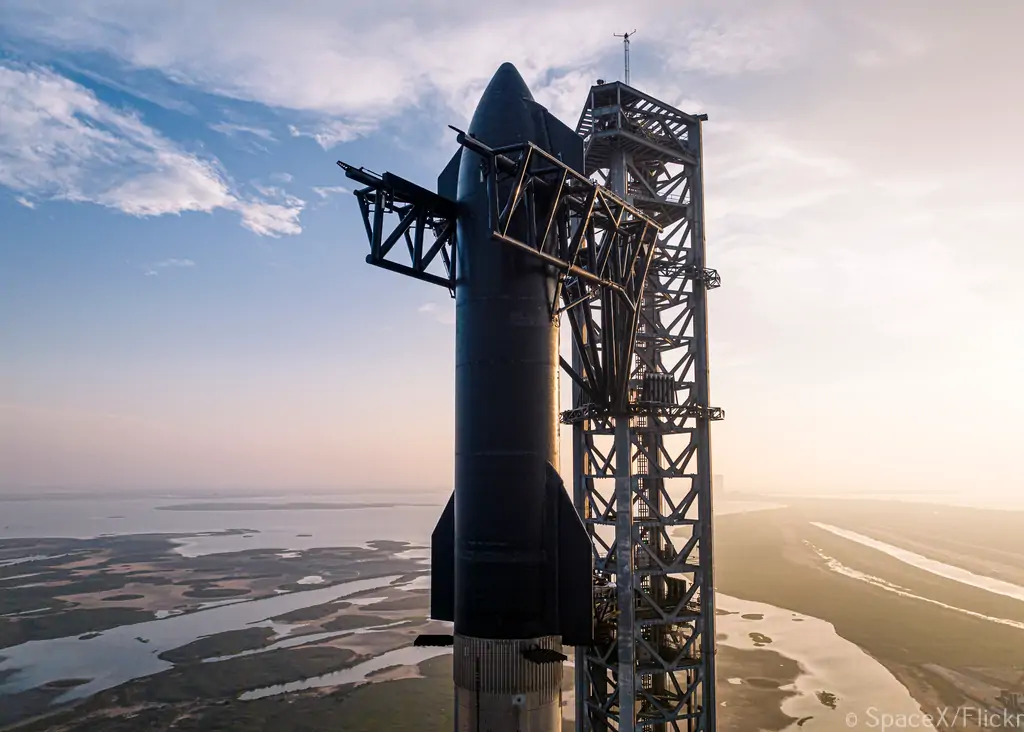
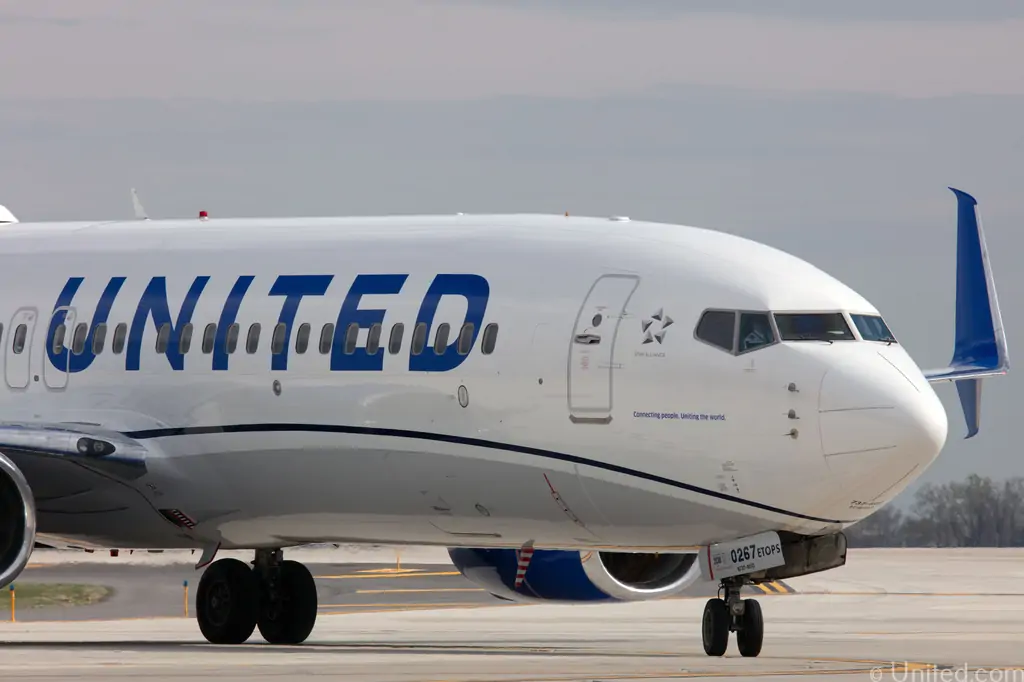
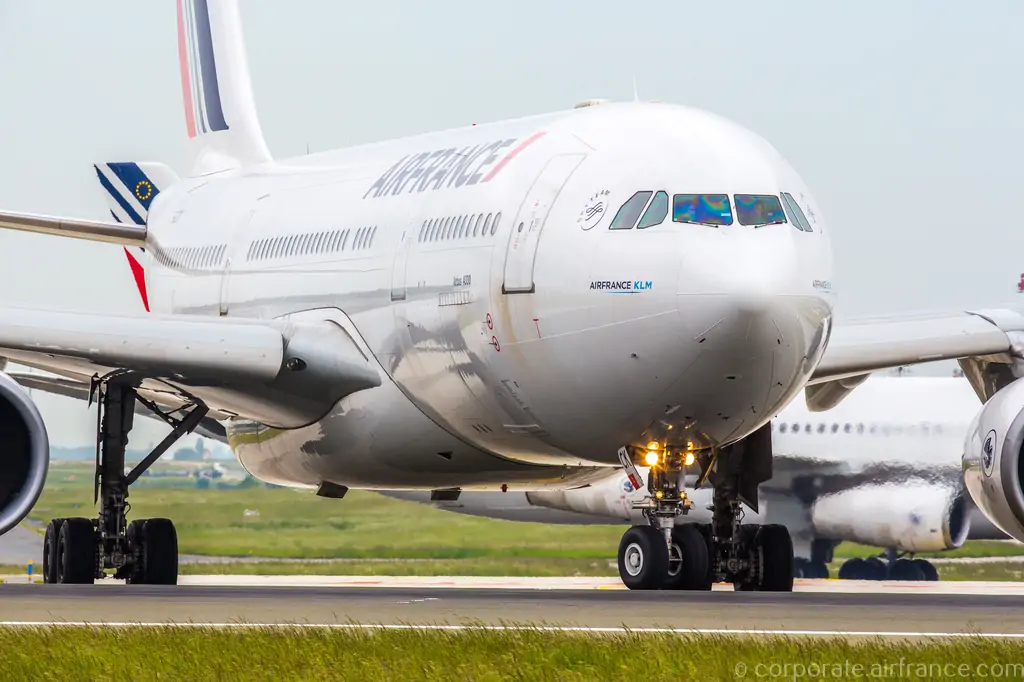

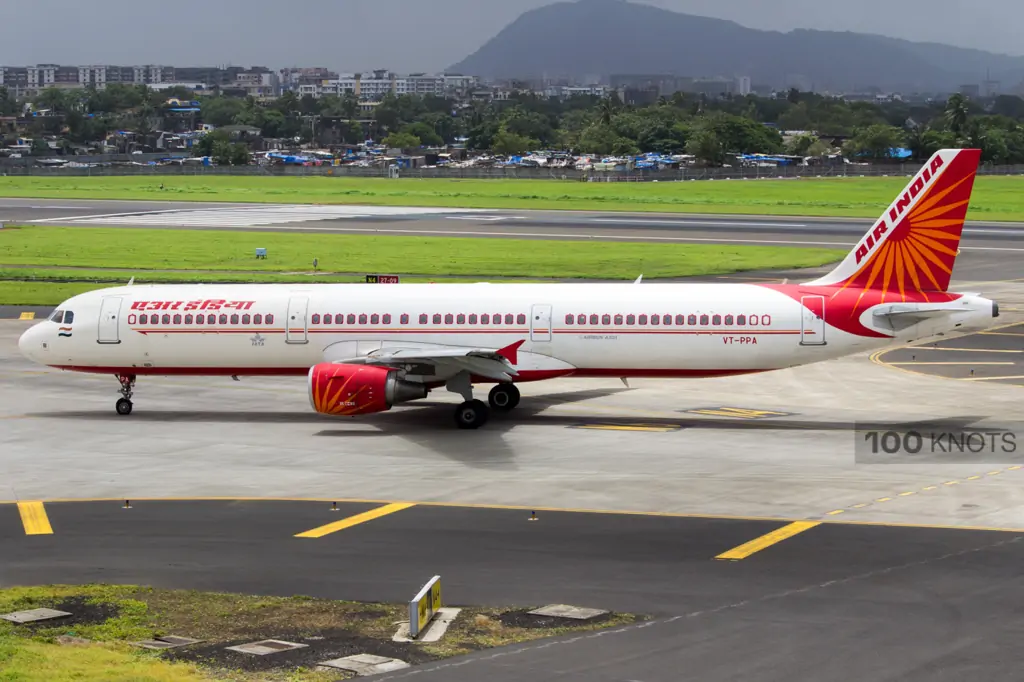
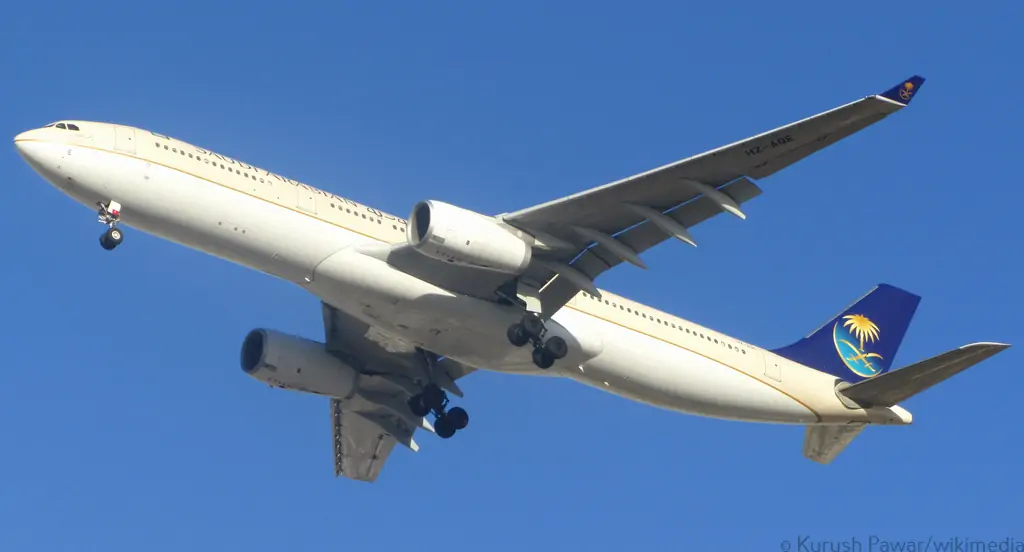
Comment